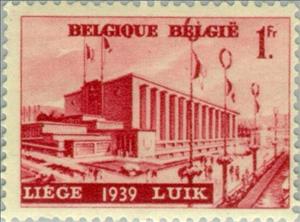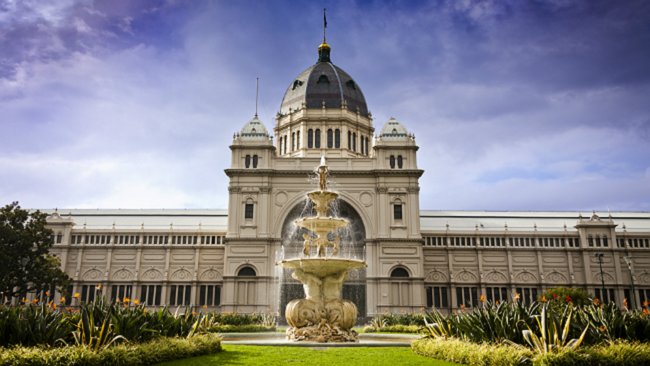Stamp: Water exhibition (Belgium 1938)
Water exhibition (Belgium 1938)
01 January (Belgium ) within release Water exhibition goes into circulation Stamp Water exhibition face value 1 Belgian franc
| Stamp Water exhibition in catalogues | |
|---|---|
| Michel: | Mi:BE 483 |
| Stamp Number: | Sn:BE 319 |
| Belgium: | Bel:BE 485 |
Stamp is horizontal format.
Also in the issue Water exhibition:
- Stamp - Water exhibition Liège 1939 Luik face value 35;
- Stamp - Water exhibition face value 1;
- Stamp - Water exhibition face value 1.50;
- Stamp - Water exhibition face value 1.75;
|
Data entry completed
83%
|
|
|---|---|
| Stamp Water exhibition in digits | |
| Country: | Belgium |
| Date: | 1938-01-01 |
| Size: | 34 x 25 |
| Perforation: | 13½ x 14 |
| Emission: | Commemorative |
| Format: | Stamp |
| Face Value: | 1 Belgian franc |
Stamp Water exhibition it reflects the thematic directions:
Special Occasions
A flag is a piece of fabric (most often rectangular or quadrilateral) with a distinctive design that is used as a symbol, as a signaling device, or as decoration. The term flag is also used to refer to the graphic design employed, and flags have since evolved into a general tool for rudimentary signalling and identification, especially in environments where communication is similarly challenging (such as the maritime environment where semaphore is used). National flags are patriotic symbols with varied wide-ranging interpretations, often including strong military associations due to their original and ongoing military uses. Flags are also used in messaging, advertising, or for other decorative purposes. The study of flags is known as vexillology, from the Latin word vexillum, meaning flag or banner.
An exposition, in the most general sense, is an organized presentation and display of a selection of items. In practice, exhibitions usually occur within museums, galleries and exhibition halls, and World's fairs. Exhibitions can include many things such as art in both major museums and smaller galleries, interpretive exhibitions, natural history museums and history museums, and also varieties such as more commercially focused exhibitions and trade fairs.
The Royal Exhibition Building is a World Heritage-listed building in Melbourne, Victoria, Australia, built in 1879–1880 as part of the international exhibition movement, which presented over 50 exhibitions between 1851 and 1915 around the globe. The building sits on approximately 26 hectares (64 acres), is 150 metres (490 ft) long and is surrounded by four city streets. It is at 9 Nicholson Street in the Carlton Gardens, flanked by Victoria, Carlton and Rathdowne Streets, at the north-eastern edge of the central business district. It was built to host the Melbourne International Exhibition in 1880–81, and then hosted the even larger Centennial International Exhibition in 1888, and the formal opening of the first Parliament of Australia in 1901. The building is representative of the money and pride Victoria had in the 1870s. Throughout the 20th century smaller sections and wings of the building were subject to demolition and fire; however, the main building, known as the Great Hall, survived.
A building or edifice is a structure with a roof and walls standing more or less permanently in one place, such as a house or factory. Buildings come in a variety of sizes, shapes and functions, and have been adapted throughout history for a wide number of factors, from building materials available, to weather conditions, to land prices, ground conditions, specific uses and aesthetic reasons. Buildings serve several needs of society – primarily as shelter from weather, security, living space, privacy, to store belongings, and to comfortably live and work. A building as a shelter represents a physical division of the human habitat (a place of comfort and safety) and the outside (a place that at times may be harsh and harmful).





